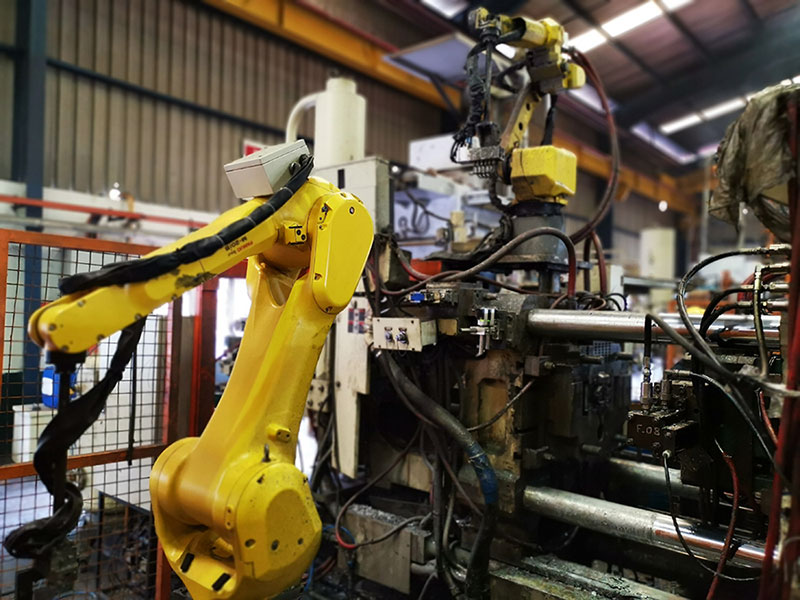Understanding Diecasting: The Course of and Its Applications
Understanding Diecasting: The Course of and Its Applications
Blog Article
Diecasting is a pivotal process that is used in manufacturing today, and plays an important part in the production of intricate metal components with accuracy and efficacy. The process involves pushing hot metal into a mold cavity creating parts with superior dimensional accuracy as well as excellent quality surface finishes. With the development of industries and the demand for high-quality components expands, diecasting will continue to be a valuable tool, particularly in sectors requiring mass production of intricate parts. This article will explore the diecasting process it's advantages, the benefits of diecasting, materials choices, and its extensive applications across various industries.
The diecasting process begins with the design of a mold, also known as a"die," which generally is constructed from the hardened steel. The mold is designed to stand up to the temperatures and pressures used during the process. When the die is in place, molten metal, usually an alloy of aluminum, zinc, magnesium, or copper, is heated to the state of liquid and in the mold cavity with high pressure. This pressure is maintained until the metal has cooled, so that the molten metal completely fills the mold with fine detail and the thin walls. When the metal has cool and hardened, the mold can be open, and the final part is ejected. This procedure allows high quality and precision for the manufacturing of metal parts.
One of the most significant benefits of diecasting is its ability to produce parts with outstanding dimensional precision and smooth surface finishes. The high-pressure injection ensures that every detail in the mold is recreated, resulting in parts which meet the strictest tolerances and need minimal or none post-production tasks. This level of precision is particularly beneficial in the creation of complex geometries as well as small details that would be challenging or impossible to accomplish by other techniques of manufacture. Also, the repeatability of diecasting allows it to be used to produce large quantities, and ensures uniformity across a large number of parts. The effectiveness of this process is also a major source of cost savings, as it helps reduce waste materials as well as labor expenses.
Diecasting is also a great option when it comes to the mechanical properties and performance. Diecast components are recognized for their toughness and durability as they are the most important features for parts used in harsh environments. The fine-grain structure that forms during the rapid cooling of metal is a key factor in these desirable properties, making diecast products suitable to be used in environments with high stress. Additionally, diecasting permits the integration of thin walls as well as complex characteristics without jeopardizing the integrity of the finished product. This is especially beneficial in aerospace and automotive industries, where reducing weight while maintaining structural strength is crucial for enhancing fuel efficiency as well as overall performance. To acquire further details kindly go to Senadiecasting
The versatility of diecasting extends to a wide array of uses across various industries. In the auto industry diecast parts are essential in the creation of engines, transmissions as well as structural components, which contribute to lighter, more fuel-efficient vehicles. For electronics, diecasting is used to make heat sinks connectors and housings, to ensure optimal thermal management as well as long-lasting electronic components. Consumer goods also is a beneficiary of diecasting, having applications that span from household appliances to power tools, toys and even power tools. The process's adaptability to various metals as well its ability to manufacture parts with intricate design make it ideal for various types of applications. Each benefiting from the unique benefits that diecasting provides.
Diecasting is a crucial manufacturing process that allows for the manufacturing of precision quality metal components across many industries. The ability of diecasting to produce complicated shapes, with precise tolerances and smooth finish make it a must-have for any application which require precise details as well as consistent high-quality. Cost-efficiency and efficiency of diecasting are also a major reason to consider it and support mass production while keeping the highest standards. Technology advances, and the need for reliable strong, lightweight and robust components expands, diecasting will remain an integral part of modern manufacturing, driving improvement and quality in production.